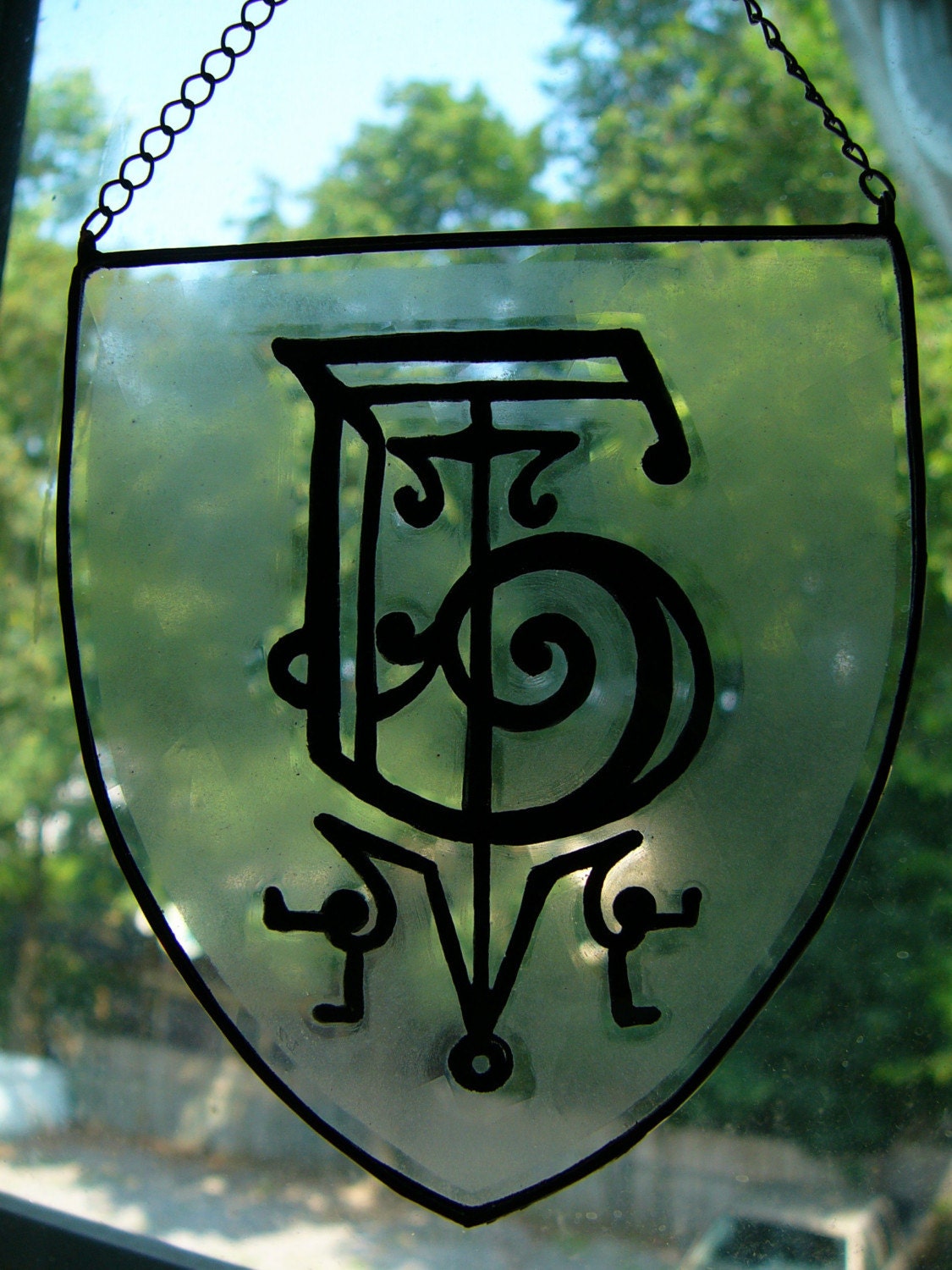Decide if you want a permanent or removable varnish. Most people choose permanent, unless they plan on removing paint at a later date and something new paint on the glass.

step 2
Decide if you want a glossy or matte. Gloss finishes are more shine. Matte finish is duller.
step 3
Buy your acrylic paint to a craft store or online from Rex Art (see Resources). The polish costs between $ 8 and $ 48 per bottle depending on the size you need. A small glass vase would only need a small 8 oz bottle by painting some windows require a larger bottle.
step 4
Choose a brush depending on the size of the area you need to apply the varnish too. Larger brushes provide better coverage, but are not as effective for precision work.
step 5
Dip the brush into the varnish and apply early in the upper left corner. Move your brush right. Down to the next line and new brush from left to right. Continue until you've painted all the way to the bottom right corner. Make sure you apply only a thin layer of varnish. Thick layers are more difficult to work.
step 6
Allow time to dry the varnish. It depends on the size of your glass. When the varnish dries, apply a second and final layer. You can expect a small vase to dry in three hours, but a large window can take up to 12 hours.

learn How to Seal Acrylic Paint on Glass in six step:
step 1
Decide if you want a permanent or removable varnish. Most people choose permanent unless they plan on removing the paint at a later date and painting something new on the glass
step 2
Decide if you want a glossy or matte. Gloss finishes are more shine. Matte finish is duller.
step 3
Buy your acrylic paint to a craft store or online from Rex Art (see Resources). The polish costs between $ 8 and $ 48 per bottle depending on the size you need. A small glass vase would only need a small 8 oz bottle by painting some windows require a larger bottle.
step 4
Choose a brush depending on the size of the area you need to apply the varnish too. Larger brushes provide better coverage, but are not as effective for precision work.
step 5
Dip the brush into the varnish and apply early in the upper left corner. Move your brush right. Down to the next line and new brush from left to right. Continue until you've painted all the way to the bottom right corner. Make sure you apply only a thin layer of varnish. Thick layers are more difficult to work.
step 6
Allow time to dry the varnish. It depends on the size of your glass. When the varnish dries, apply a second and final layer. You can expect a small vase to dry in three hours, but a large window can take up to 12 hours.




















